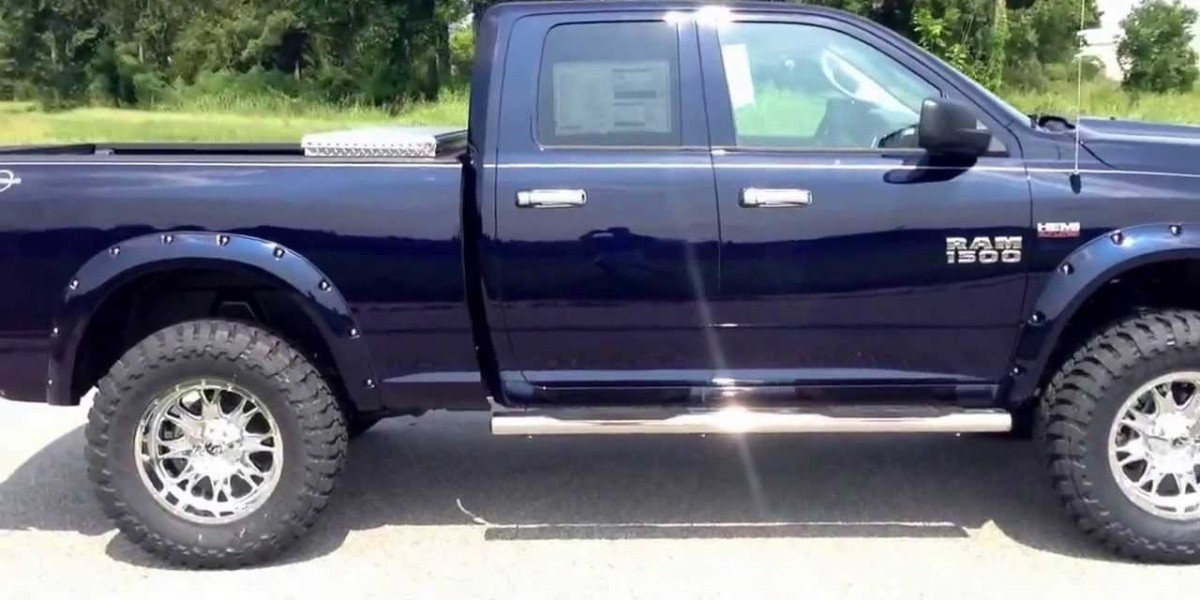Off-roading is not just a mode of transport; it's an adrenaline-filled adventure, a test of one’s driving skill against the unpredictable challenges of the natural world. Key to mastering this activity is the vehicle's reliability and, most importantly, its wheels and rims. Among the various sizes available for off-road enthusiasts, 18-inch wheels and rims have gained substantial popularity. Let’s delve into a full guide of 18 inch off-road wheels and rims to understand their design, utility, and performance.
The Evolution of Wheel Size
Historically, off-road vehicles used smaller wheels with tall, balloon-like tires. This design was intended to increase the tire's sidewall, thereby providing a cushioning effect on rough terrains. As technology and design philosophies evolved, the advantages of larger rims became evident. The 18-inch rim strikes a balance, offering ample sidewall for cushioning and enough rim diameters for advanced brake and suspension systems.
Design Considerations
Material
The majority of off-road rims are made from aluminum alloy. Aluminum is both lightweight and durable, an ideal combination for off-roading. It resists corrosion, especially when coated, making it perfect for wet and muddy terrains.
Weight and Load Rating
A critical consideration for off-road wheels is weight. Lighter wheels reduce the vehicle's unsprung weight, resulting in better suspension performance and improved vehicle handling. This is vital when navigating challenging terrains where precise control is crucial. Off-road wheels must support heavy loads, especially when the vehicle is equipped with additional gear. An 18-inch rim, given its robust build, typically boasts a higher load rating than smaller rims, making it suitable for heavy-duty off-road applications.
Bolt Pattern and Aesthetic Appeal
Ensure that your wheel’s bolt pattern matches that of your vehicle. This guarantees a proper fit. For example, a 5x5 bolt pattern means there are five bolts with a circle diameter of five inches. Beyond functionality, wheels also define a vehicle's look. With the wider canvas of an 18-inch rim, manufacturers have the liberty to incorporate intricate designs, making your off-road vehicle stand out.
Utility and Versatility
Improved Traction
Larger rims allow for wider tires. Wider tires mean a more extensive contact patch, translating to better traction on off-road terrains.
Versatile Tire Choices
With an 18-inch rim, users can fit a range of tire profiles, allowing customization according to the terrain. From mud-terrain (MT) to all-terrain (AT) tires, there's a suitable tire for every off-road challenge.
Enhanced Brake Performance
Larger rims provide space for larger brake calipers and rotors. Improved braking can be a lifesaver when descending steep trails or during sudden obstacles.
Rock Crawling
For rock crawlers, the rim size can influence how effectively a vehicle can navigate rocky terrains. The 18-inch off-road wheel provides a good balance, allowing the tire to envelop rocks for better grip while still offering protection against rim damage.
Performance Metrics
Ride Comfort
An 18-inch wheel has enough sidewall height to offer a comfortable ride without compromising the benefits of a larger rim.
Durability and Stability
When faced with off-road challenges, the last thing a driver wants is a bent or damaged rim. 18-inch wheels typically offer a balance between strength and flexibility, resisting common damages like dings and dents. While larger wheels might slightly affect acceleration due to increased rotational mass, the enhancement in stability and handling, especially on unpredictable terrains, often outweighs the cons.
Fuel Efficiency
Though this is a more complex subject affected by many factors, in general, if the larger wheel and tire combo is much heavier than the stock setup, there might be a slight drop in fuel efficiency.
Things to Consider When Upgrading
Compatibility and Suspension System
Ensure the 18-inch rim is compatible with your vehicle's make and model. Wheel well size, bolt patterns, and offset should all be considered. Larger rims might require adjustments to the suspension system. This could mean leveling kits, lift kits, or other modifications.
Tire Selection and Cost
Upgrading to 18 inch off-road wheels necessitates appropriate tire selection. The tire should complement both the rim and the kind of off-roading you intend to do.
All-Terrain is the best for those who split their time between regular roads and off-roading. They offer a good grip on both surfaces.
Mud-Terrain specifically designed for muddy terrains. They have wider gaps between treads for better mud ejection. Larger wheels are typically more expensive. Ensure that the investment aligns with your off-roading goals and frequency.
In Summary
18-inch off-road wheels and rims represent a perfect blend of aesthetics, utility, and performance. Whether you’re a casual off-roader or a hardcore enthusiast, understanding the nuances of this wheel size can help make your adventures safer, more comfortable, and undoubtedly more thrilling. Choosing the right wheel and rim setup is much like choosing the right shoes for an athlete; it can profoundly influence the outcome of the game. With 18-inch wheels, off-roaders are equipped with a versatile, durable, and performance-oriented tool, ready to take on the world’s most challenging terrains.








